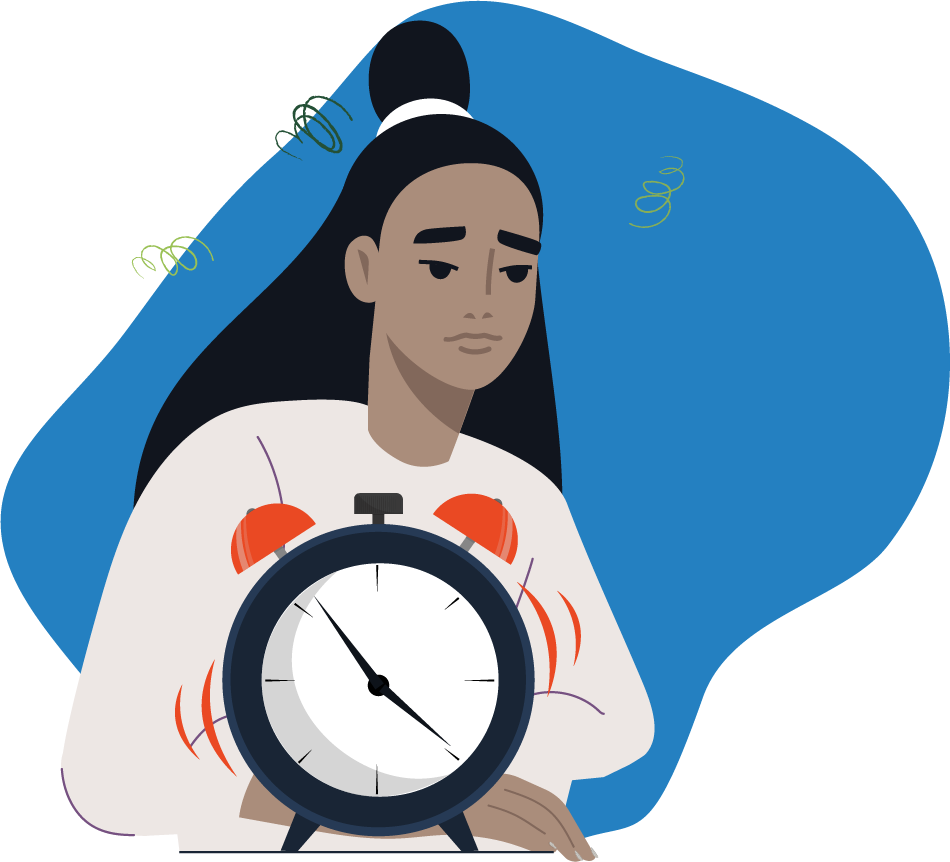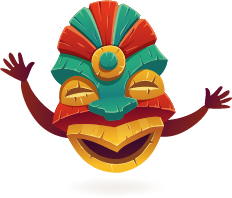
I don’t keep clocks in my house.
When I was thirteen, I began to have anxiety attacks. This was after my first dog died. I was wearing a silver, glitter coat of nail polish that day. Glitter polish lasts longer than others usually do. I kept it on for as long as it would stay — to remember but also to misremember. Everything is the same as it was.

To Remember
There was a slight dip where the glitter chipped on my thumb nail. I could feel the empty space with the side of my index finger. I check for this chip on my nail often.
I couldn’t sleep. At night, my circular thoughts ticked like the clock at my bedside.
I moved to Colorado for college. I knew that removing myself from what was familiar would help me learn and grow. I struggle to identify emotions I feel. The easiest way for me to process my thoughts is through writing. And the easiest way for me to understand others and actually formulate thoughts is through listening.
To Feel
Last year, I moved back to California. I could drive the road to my house with my eyes closed, but I feel removed from it. This road doesn’t know about the roads in Colorado — I can’t communicate changes in understanding to the static things in and around my old neighborhood. They too allow me to remember and misremember.
But once in a while, it smells like my childhood. The air tastes a little like dirt and the sky is blue, and when you close your eyes you notice there’s a sort of hazy orange aura about it. It’s not quite warm or cold — the temperature matches my own.
I convince myself I’m floating.
There’s a weightlessness I associate with feeling suspiciously similar to my surroundings. To feel one with and insignificant compared to. This feeling is one I search for. It’s gentle and recognizable, and is a home within. Music can also inspire this feeling. Songs are adopted and personally translated by the listener.
To Listen
We consume and collect to try to understand — sounds, stories, foods. This mental cataloging is a way of knowing. It is human nature to try to understand explainable and unexplainable things.
This is not always executed thoughtfully. Perhaps because it is easy for individuals to process from a more narrow point of view.
We try to understand the world through art and creativity. When it comes to design and expression, it is important to be well-informed. In my own creative practice, I have found that listening with intention is most effective.

One mode of listening is through podcasts. These broaden my perspective, and in turn broaden my creative and cultural understanding. I’ve gathered some that are meaningful to me.
From Emergence Magazine, listen to Charles Foster’s Against Nature Writing.
From On Design with Justyna Green, listen to Micaiah Carter on Photography, Grief, and American Black Beauty.
From On Being with Krista Tippett, listen to Jason Reynolds on Imagination and Fortitude.
From On Design with Justyna Green, listen to Kasia Maciejowska, Terri Pecora, Tej Chauhan, and Kusheda Mensah discuss Emotional Design at the designjunction.
From Raising the BAAR in Art, Culture, and Society, listen to Cristina Canale in, It Is Important to Stay Aligned With Your Creative Skill Sets.
To Learn
To intentionally listen, observe thoughts you have that are inspired by the narration. Ask yourself how the messages shared apply or do not apply to you. I ask that you reflect and process, converse with yourself and your community. Converse outside of your community.
Perhaps with this thought evolution, the ticking in your mind might shift to the lapping of waves on soft sand or variants of bird chirps, it may even become an airy mist that’s moved by changing winds.

